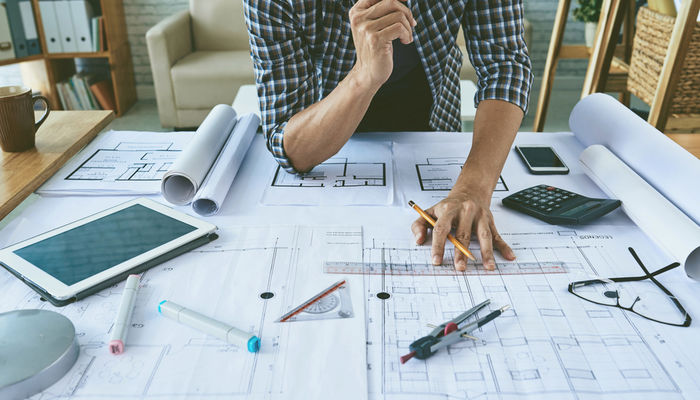Designing smart spaces for better living involves the integration of technology into our environments to enhance comfort, efficiency, and overall quality of life. As urbanization continues to rise, the need for innovative solutions in our homes and workplaces has become increasingly crucial. Smart spaces utilize a combination of IoT Internet of Things devices, artificial intelligence, and data analytics to create environments that respond to the needs of their inhabitants. This design philosophy prioritizes user experience, emphasizing personalization and convenience while promoting sustainability and energy efficiency. At the heart of smart space design is the seamless interaction between technology and human behavior. Smart homes, for example, incorporate smart thermostats, lighting systems, and security cameras that can be controlled remotely via smartphones or voice-activated devices. These systems learn user preferences over time, adjusting automatically to provide optimal conditions.

Imagine returning home to a house that has already adjusted its temperature to your liking, dimmed the lights for relaxation, and even prepared your favorite playlist. Such scenarios not only enhance comfort but also contribute to energy savings, as devices can optimize their usage based on real-time data and user habits. Furthermore, smart spaces extend beyond residential homes to commercial and public environments. In offices, for instance, smart lighting and heating systems can adjust based on occupancy and natural light availability, creating a more pleasant and productive working atmosphere. Collaborative workspaces equipped with advanced technology facilitate communication and teamwork, enabling remote workers to engage effortlessly with on-site colleagues. Additionally, Outsourced Drafting smart building technologies can monitor energy consumption, detect maintenance issues, and improve overall operational efficiency, reducing costs and environmental impact.
Sustainability is a key consideration in the design of smart spaces. Integrating renewable energy sources, such as solar panels, with smart energy management systems allows buildings to produce and consume energy more efficiently. Smart grids and energy storage solutions can help balance energy supply and demand, reducing reliance on fossil fuels and minimizing carbon footprints. The use of smart irrigation systems in landscaping can further conserve water by monitoring soil moisture levels and adjusting watering schedules accordingly. Moreover, the design of smart spaces can significantly impact health and well-being. Enhanced indoor air quality, achieved through smart ventilation and air purification systems, contributes to better respiratory health and overall comfort. Biophilic design, which incorporates natural elements into the built environment, can be augmented with technology to create dynamic, responsive spaces that adapt to changing conditions and user preferences. For instance, smart windows can tint automatically to control glare and heat gain while providing views of nature, promoting mental well-being.